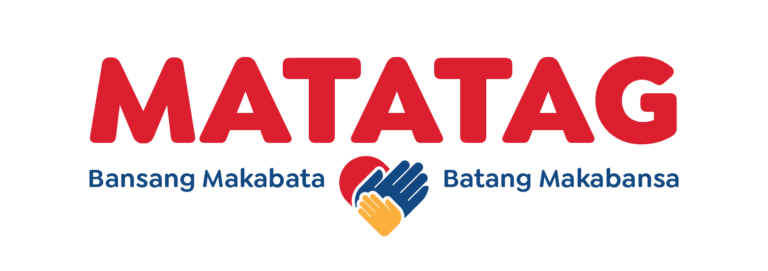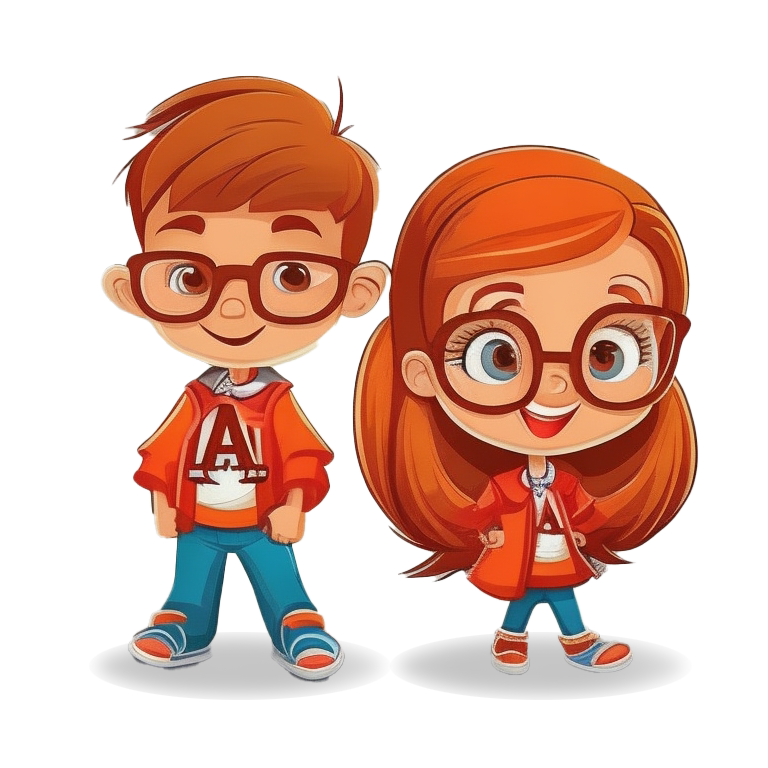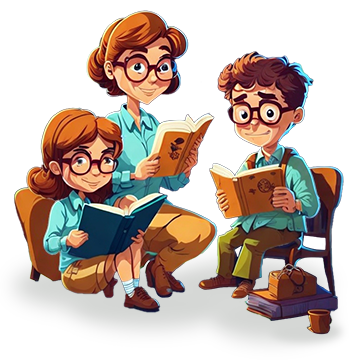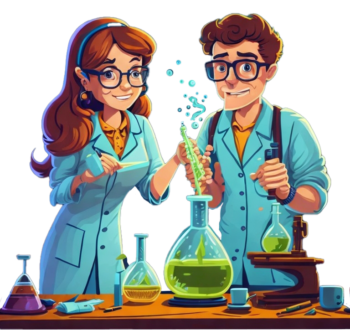
Download the MATATAG Science Curriculum Here
The Science Shaping Paper lays the foundation for the recalibrated MATATAG Science Curriculum, highlighting its goals, theoretical foundations, and rationale. It emphasizes the development of durable understanding and essential skills in science education. This initiative builds upon the General Shaping Paper and integrates findings from the 2019-2020 curriculum review. Key features include expanding technological and engineering literacy, introducing key stage and grade level standards, and a developmental content sequence aligned with cognitive development.
Context and Purpose
The recalibrated Science Curriculum aligns with the DepEd MATATAG agenda, addressing crucial components such as relevance, infrastructure, learner well-being, and teacher support. This transformation aims to adapt education to a rapidly changing world, emphasizing lifelong learning, self-renewal, and innovation.
The Shape of the Grades 3 to 10 Science Curriculum
The Science curriculum is designed to equip Filipino learners with the knowledge, skills, and attitudes necessary in a scientific and technological world. It encourages scientific inquiry, problem-solving, and critical thinking.
Curriculum Goals
The overarching goal of the Grades 3 to 10 Science curriculum is to foster scientific, environmental, technology, and engineering literacy in all learners. This prepares them for active participation in local, national, and global contexts, aligning with the Basic Education Development Plan (BEDP) 2030.
Theoretical and Philosophical Bases
The Science curriculum integrates modern pedagogical approaches, including Constructivism, Social Constructivism, Brain-based learning, and Cognitive load theory. These theories emphasize learner engagement, active participation, and understanding through experience.
Curriculum Framework
The curriculum employs a three-fold approach, emphasizing:
- Performing scientific inquiry skills
- Understanding and applying scientific knowledge
- Developing and demonstrating scientific attitudes and values
These elements are organized in a developmental sequence, progressively increasing in complexity. Cross-disciplinary opportunities are incorporated, promoting holistic learning experiences. Approaches like inquiry-based learning, applications-led learning, and problem-based learning are adopted to enhance engagement.
Big Ideas and Cross-cutting Concepts
The curriculum integrates Big Ideas and Cross-cutting Concepts from science education literature, emphasizing the interconnectedness of scientific concepts and their relevance in real-world scenarios.
Pedagogical Approaches and Assessment
The curriculum encourages active learning, incorporating hands-on and minds-on activities. Assessment is integral and formative, ensuring that learners’ prior knowledge is considered. This learner-centered and inquiry-based approach models authentic scientific research and enterprise.
Performance Standards and Tasks
Clear Content standards, Learning Competencies, Performance Standards, and Performance Tasks are provided to guide teachers in delivering the curriculum effectively. These elements allow teachers to assess learner achievement throughout the learning process.
Elements Contributing to the Curriculum
The Science curriculum incorporates various elements to enrich the learning experience.
Developmental Sequence of Concepts
The curriculum’s content sequence considers learners’ prior knowledge and cognitive development, aligning with three modes of thinking: reacting to the physical environment, internalizing actions, and thinking using symbol systems.
Development of 21st Century Skills
The curriculum emphasizes the development of skills relevant to the 21st century, including critical thinking, problem-solving, collaboration, and effective communication.
Social Issues and Government Priorities
It integrates government priorities into the curriculum, connecting science education to societal issues, ethics, and cultural heritage.
STEM Integration
The curriculum acknowledges the synergy between science, technology, engineering, and mathematics (STEM) and incorporates STEM principles into teaching and learning.
Curriculum Organization
The curriculum encourages diverse teaching approaches, reducing reliance on textbooks and promoting hands-on and minds-on activities that foster genuine interest in science and technology.
Download the MATATAG Science Curriculum Here
Matatag Curriculum Guide

Kindergarten CG 2023

Reading and Literacy CG 2023

English CG 2023

Araling Panlipunan CG 2023

Filipino Kurikulum CG 2023

GMRC and VE CG 2023

Language CG 2023

Makabansa CG 2023

EPP TLE CG 2023

Mathematics CG 2023

Music and Arts CG 2023

PE and Health CG 2023

